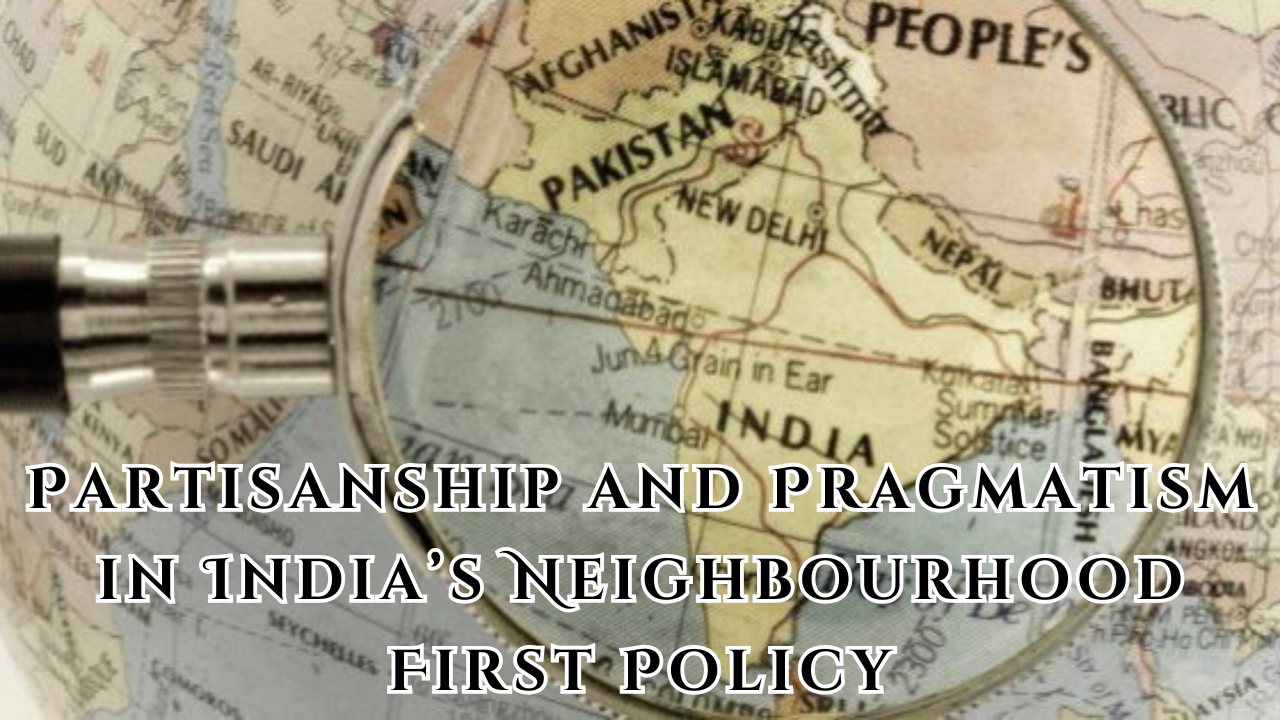Font size:
Print
Neutron Transfer in Weakly Bound Nuclei
Context:
A study published in the Nuclear Science and Techniques journal implies an experiment focused on the one-neutron stripping phenomenon involving lithium-6 and bismuth-209 nuclei conducted at Legnaro National Laboratory.
Research Findings:
- Research shows that one-neutron stripping processes produce results similar to full-fusion reactions, especially near the nuclear barrier energy.
- Study shows that one-neutron transfer is more effective at lower energies than fusion reactions, which is contrary to previous expectations.

Significance:
- This study sheds light on how loosely bound nuclei, like lithium-6, interact with heavier nuclei.
- Lithium-6: Fragile structure, prone to breaking apart in complex reactions.
- It reveals that these reactions remain significant even at lower energies, providing valuable data on nuclear interactions across various conditions.
- The research has implications for nuclear energy production and radiation therapy, where a deep understanding of nuclear behaviour is essential.
Research Methodology:
- Using the advanced GALILEO Array coupled with the 4π Si-ball EUCLIDES, scientists conducted in-depth spectroscopic analysis to track and identify the reactions.
- The gamma-gamma coincidence method was instrumental in isolating specific reaction channels, enabling researchers to pinpoint how nuclei behave under various conditions with high precision.
Future Implications:
- Understanding these nuclear interactions can lead to advancements in Nuclear Energy Production and Radiation Therapy.
- This study paves the way for the development of enhanced nuclear application strategies in energy research and medical physics.
- This process highlights the complexity of nuclear reactions, opening doors for future discoveries in nuclear science and technology .




